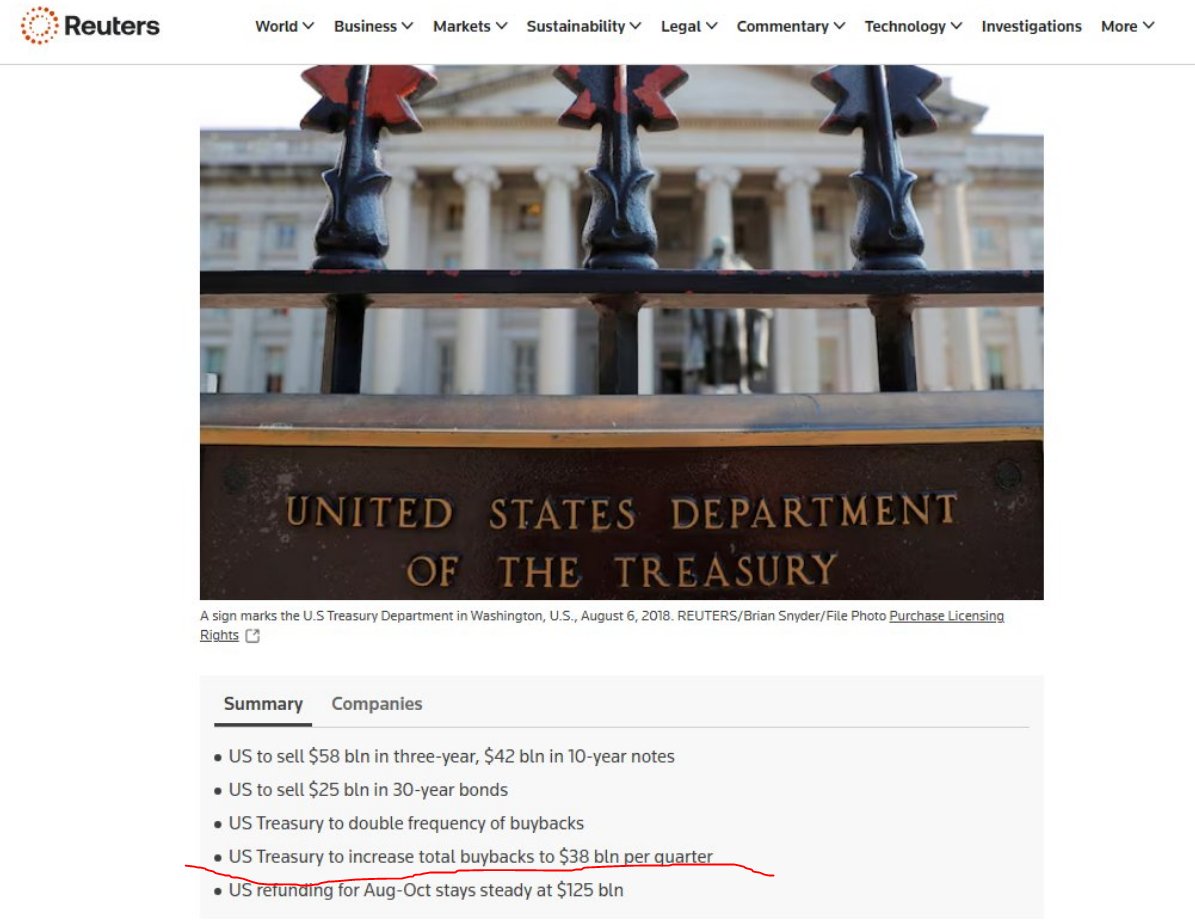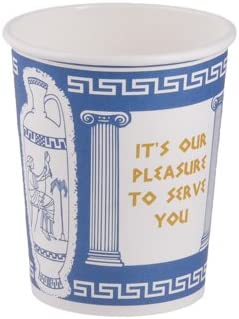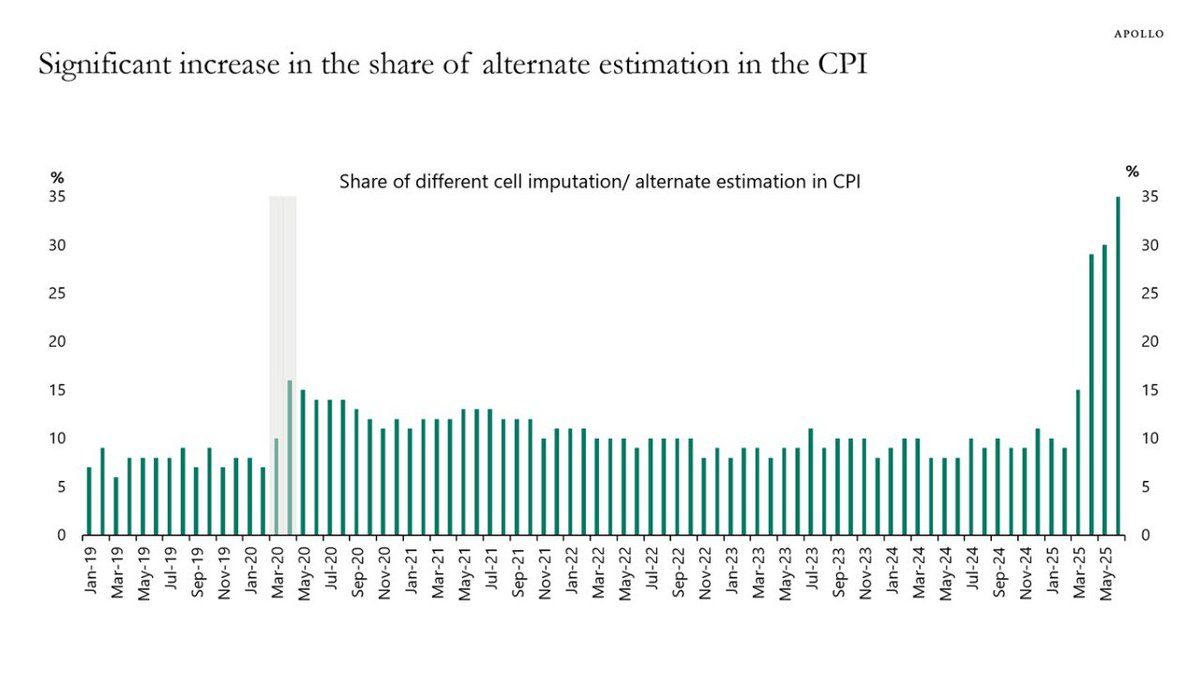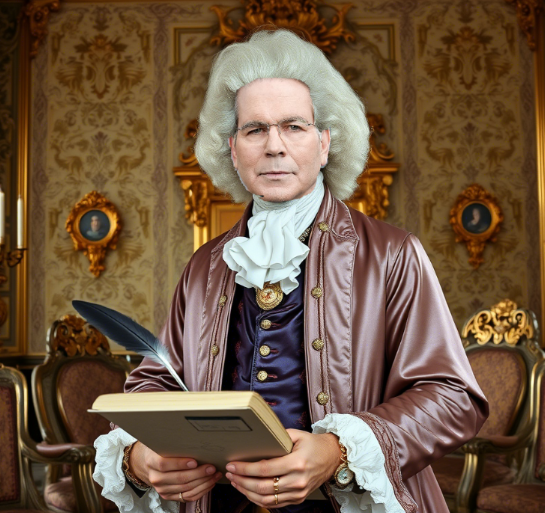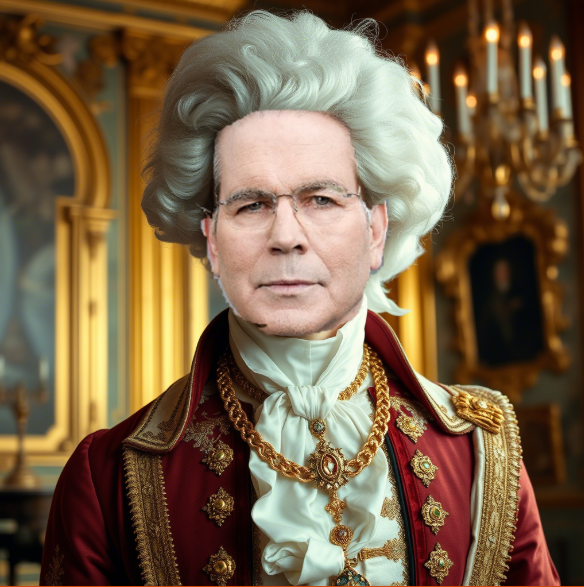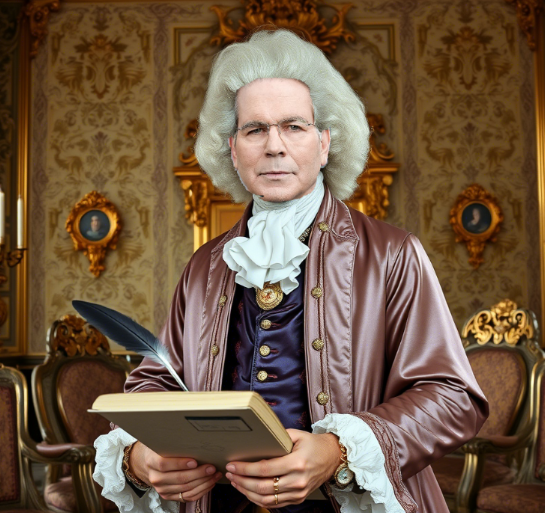1/8 Werner AT 44 minutes:
According to Banking School, Werner is correct again.
But using "money" for banks is a misnomer. It is called "bank currency" by the Banking school, let's explain why...
According to Banking School, Werner is correct again.
But using "money" for banks is a misnomer. It is called "bank currency" by the Banking school, let's explain why...
https://twitter.com/TuckerCarlson/status/1949877681027166608
2/8 Bank currency is a liability of the bank. It is created either when you bring M0- money - to the bank (paper bills today, or coins in the past.
3/8 Bank creates bank currency by buying discountable articles of credit and issue a liability that is bank currency (what people call a deposit) ... It is not "your" money it is a liability of the bank , bank currency that is accepted as means of circulation.
4/8 Why does the Banking School call it "Bank Currency" and not "money".
Because Money is M0 the token, in PM redeemable currency M0 is the Gold or Silver coin.
Because Money is M0 the token, in PM redeemable currency M0 is the Gold or Silver coin.
5/8 In a fiat regime the M0 is the paper itself. Think about Cyprus in 2011 and you realize the difference.
Bank currency (what people call deposits) is a lliability of the bank, a promise to repay money on sight if a checking account.
Bank currency (what people call deposits) is a lliability of the bank, a promise to repay money on sight if a checking account.
6/8 Bank currency can fail and Cyprus showed that, but if you had "money" - M0- that is coins in a PM redeemable system you would be fine.
7/8 In Cyprus in 2011 the "bank currency" is redeemable in M0 too, that is ECB paper bills, so if you rush to the bank BEFORE the haircut on "bank currency/liability, aka deposits" you will be fine, but not with Bank Currency - Bank Liability.
8/8 In other words Bank currency can fail and is redeemable in Money (M0) - rush to the ATM.
Money is M0 is not redeemable in anything and can not fail as a form of payment.
Aside from this IMPORTANT terminology error, Werner seems to follow the Banking School.
Money is M0 is not redeemable in anything and can not fail as a form of payment.
Aside from this IMPORTANT terminology error, Werner seems to follow the Banking School.
• • •
Missing some Tweet in this thread? You can try to
force a refresh


